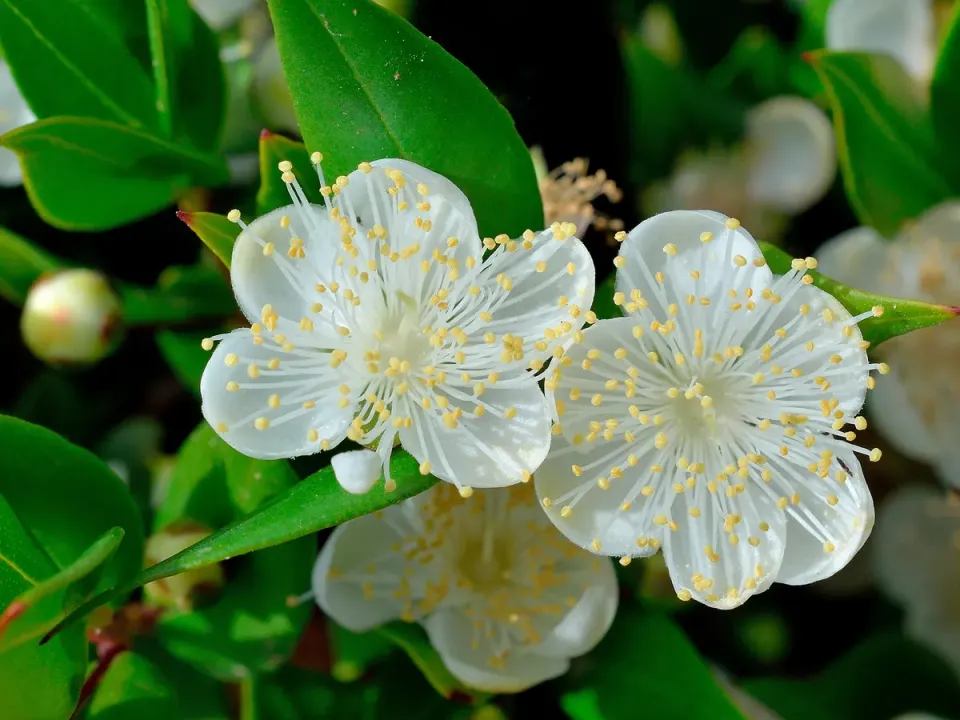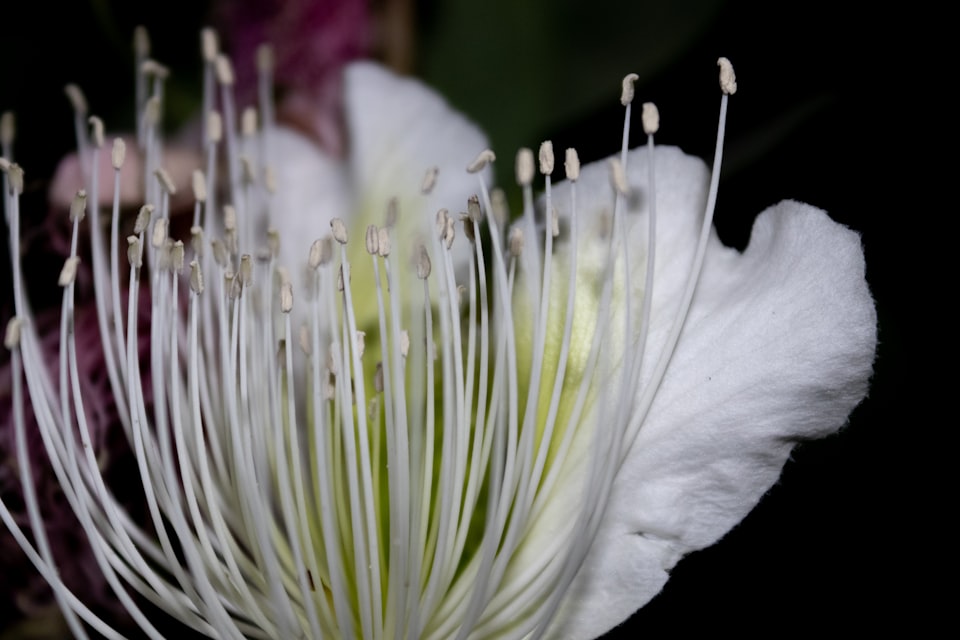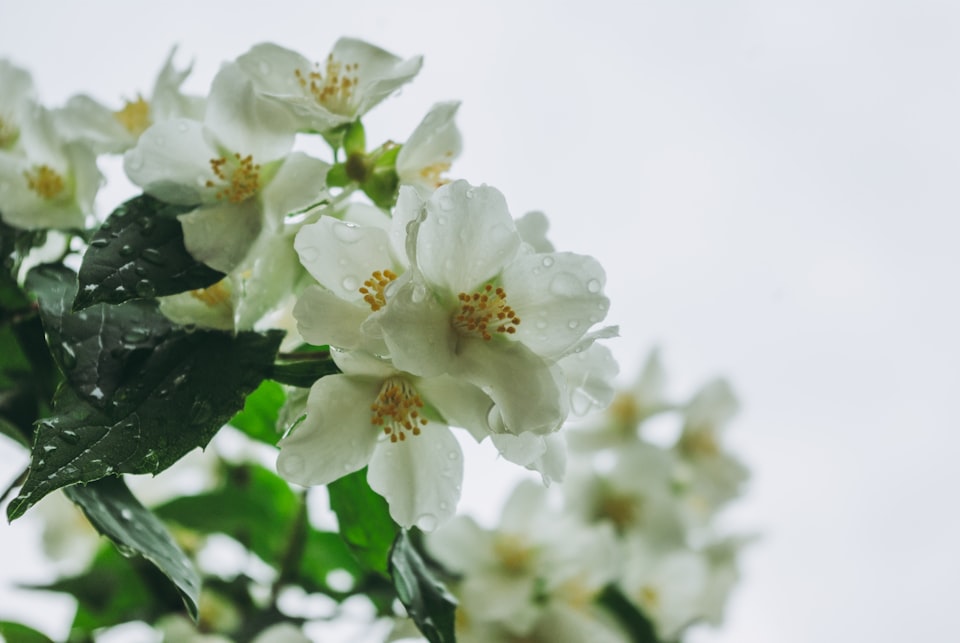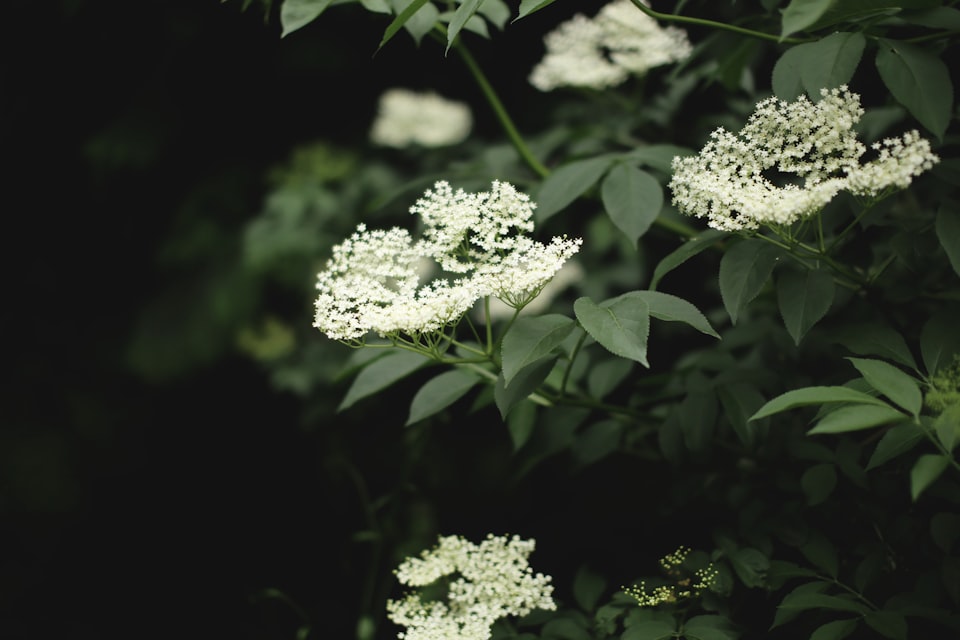IV: Hawthorn
How to really, really kill a vampire.
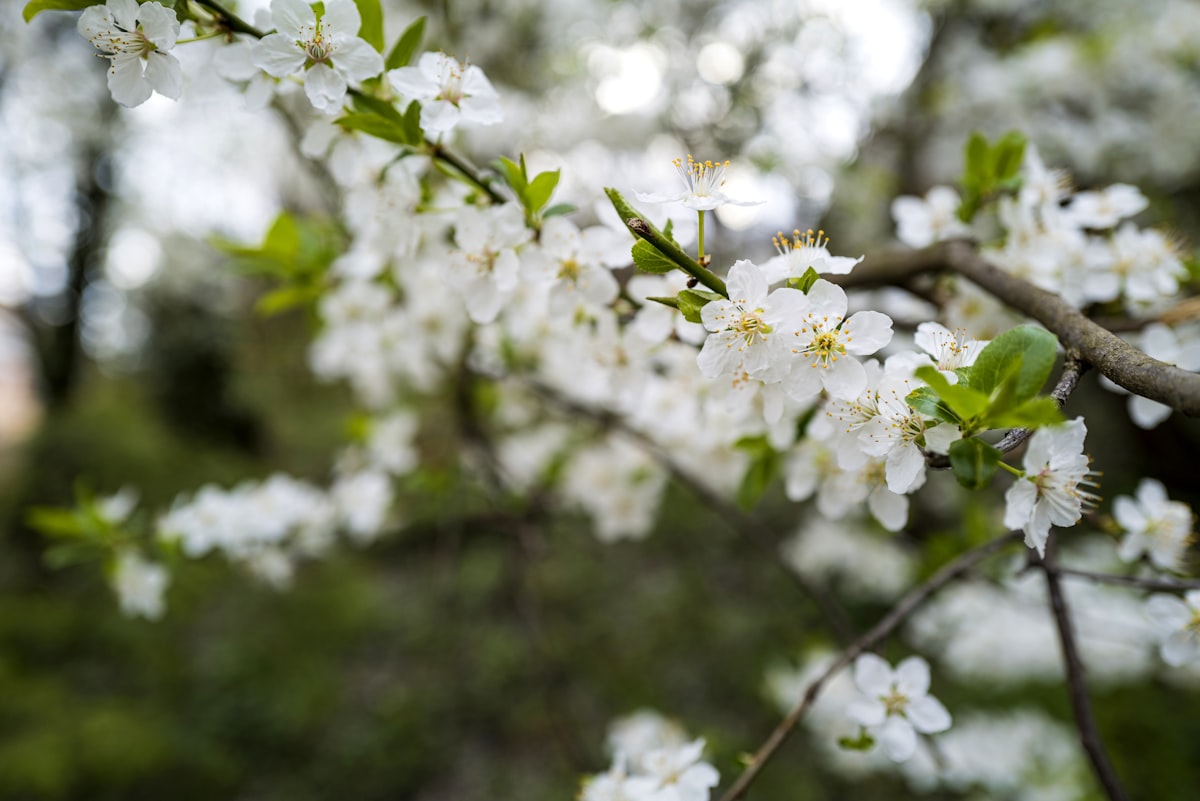
Good morning. Today is quartidi, the 4th of Floréal, Year CCXXXI. We celebrate l'aubépine, a thorny hedge that flowers in the spring.
💡
This is a strange time to slot the hawthorn. The blossoms usually appear in May – indeed, this is the mayflower that the infamous pilgrim ship was named for – and in the latter part of that month to boot, so for floral reasons, it belongs more to this slot of Prairial. And the fruit – the haws – tend to ripen in autumn, just like its cousins the apples and pears and quinces. Furthermore, there was a long French tradition that this thorny shrub would creak in the winds of early spring, crying out because it was used to make the crown of thorns for Jesus [citation needed], and this date falls perilously close to a late, but possible, Easter. Given the determination of the calendar's makers to avoid all religious connotation, there must have been some other folklore the poet Fabre d'Eglantine was aiming for in slapping hawthorns here in their creaky, naked time.
In the Balkans, hawthorn is more than a decorative hedge or curious fruit tree. It's source of weaponry against the undead, the original stake that must be driven through the heart of the vampir.
Most English speakers assume Bram Stoker codified the rules of vampires for the first time in his seminal novel Dracula in CV (1897), doing so from Romanian folklore, but in reality this was all just an update and a transfiguration of an already well-documented (and frequently fictionalized) phenomenon out of Serbia, the home of the vampire myth.
